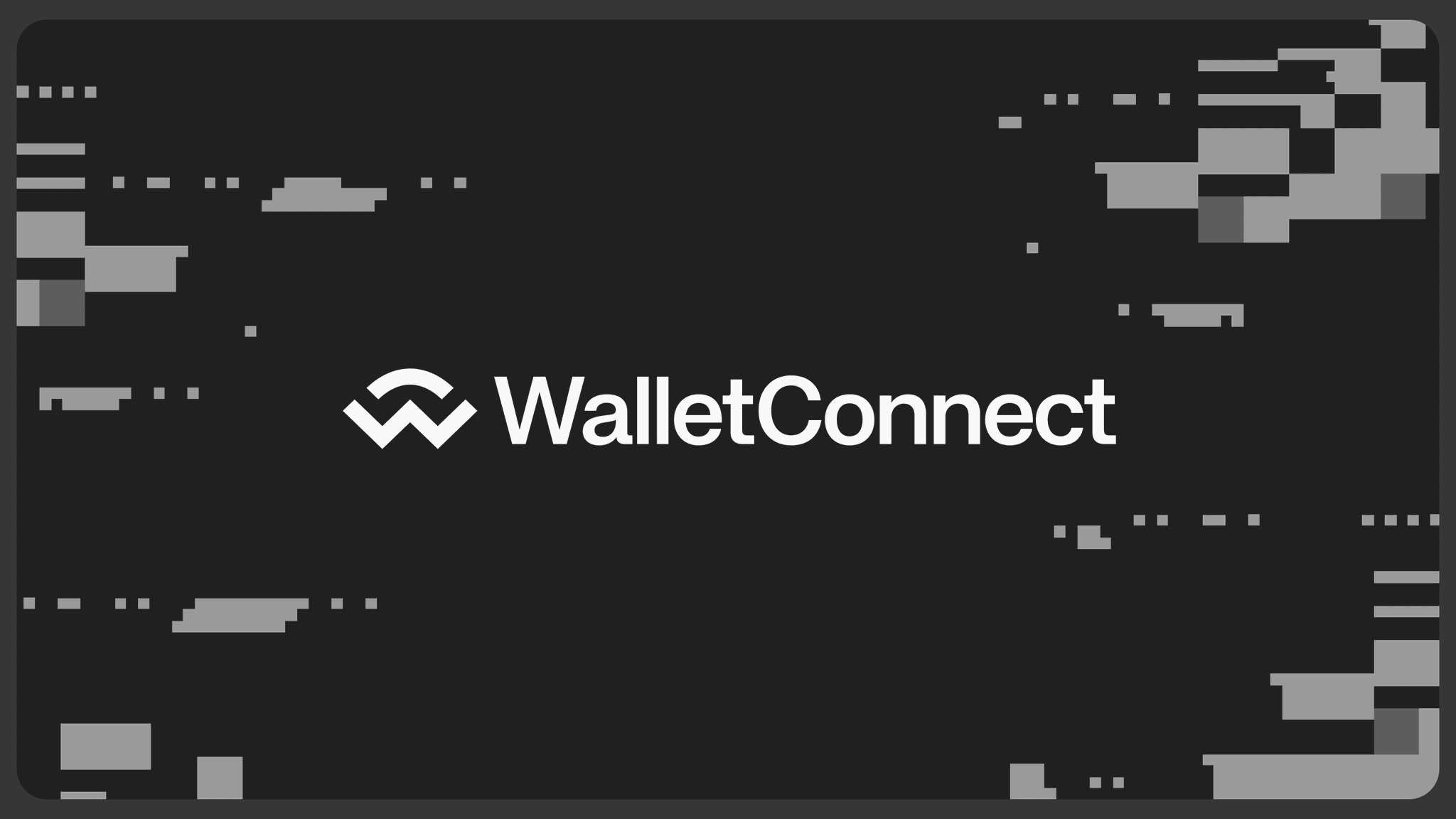In an era where DeFi, NFT, and GameFi abound, our understanding of tokens has been overly focused on financial attributes, often neglecting the value of connection itself. WalletConnect's WCT is redefining this value in a new way — not as a traffic dividend but as the basic fuel of the 'interface economy.' Each connection may contribute to node revenue, developer resources, while empowering decentralized governance.
1. Interface Economy: The Value Logic of Connection Itself
The disruptive value of WCT lies in its economic significance assigned to 'connection.' WalletConnect supports over 400,000 applications, accumulates 256 million connections, and covers 40.7 million unique wallets (with a monthly growth rate of up to 95%). As a protocol token, WCT transforms connection behaviors into system participation rights, rewards, and governance capabilities.
Unlike most tokens that only represent asset holdings, WCT is the fuel of the interface economy layer — to build a smooth connection structure and operate stable nodes, one must stake or consume WCT, tightly binding connection and participation.
2. Tokenomics — The Support System of the Interface Economy
The economic design of WCT adheres to a sustainable path, supported by four pillars:
Staking: Users can lock WCT to support network stability and receive rewards
Rewards: Nodes, wallets, and applications can all receive WCT incentives
Governance: WCT Holder Governance Node Strategy, Fee Model, and Product Direction
Future Fees: In the future, connection services will charge WCT fees to achieve an ecological closed loop

WCT also adopts a non-transferable governance model, which prevents short-term speculation and lays a solid transitional path for future transferable governance.
3. Silent Growth: WCT does not rely on marketing but on the rewards of connection value
Unlike token models that rely heavily on marketing, WCT's growth resembles 'silent accumulation':
WalletConnect gradually evolves from a centralized to a permissionless node architecture
WCT introduces a UX Council structure to ensure that technological evolution and user experience are co-governed by the community
Token airdrops reward irrational traffic, while genuinely rewarding long-term users, developers, and node service providers (with a total of 18.5% allocated for airdrops)
This model allows WCT to generate more value in 'effective connections' rather than consuming user attention in 'expectation of price increases.'
4. Why is WCT the fuel of Web3?
Blockchain has entered a phase of application explosion, and the stable connection value of 'connection infrastructure' determines the upward speed of fragmented application ecosystems. WCT is not just a token; it is the 'fuel' of connection and the key to governance. As long as Web3 Apps are still using WalletConnect, WCT is indispensable.
In the future, the 'interface economy' may have lower thresholds and higher sustainability than liquidity mining — and WCT is the leading force of this trend.
